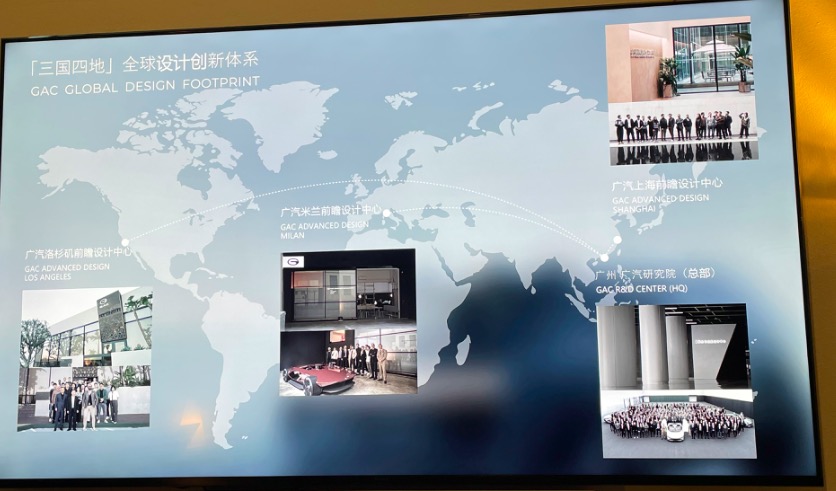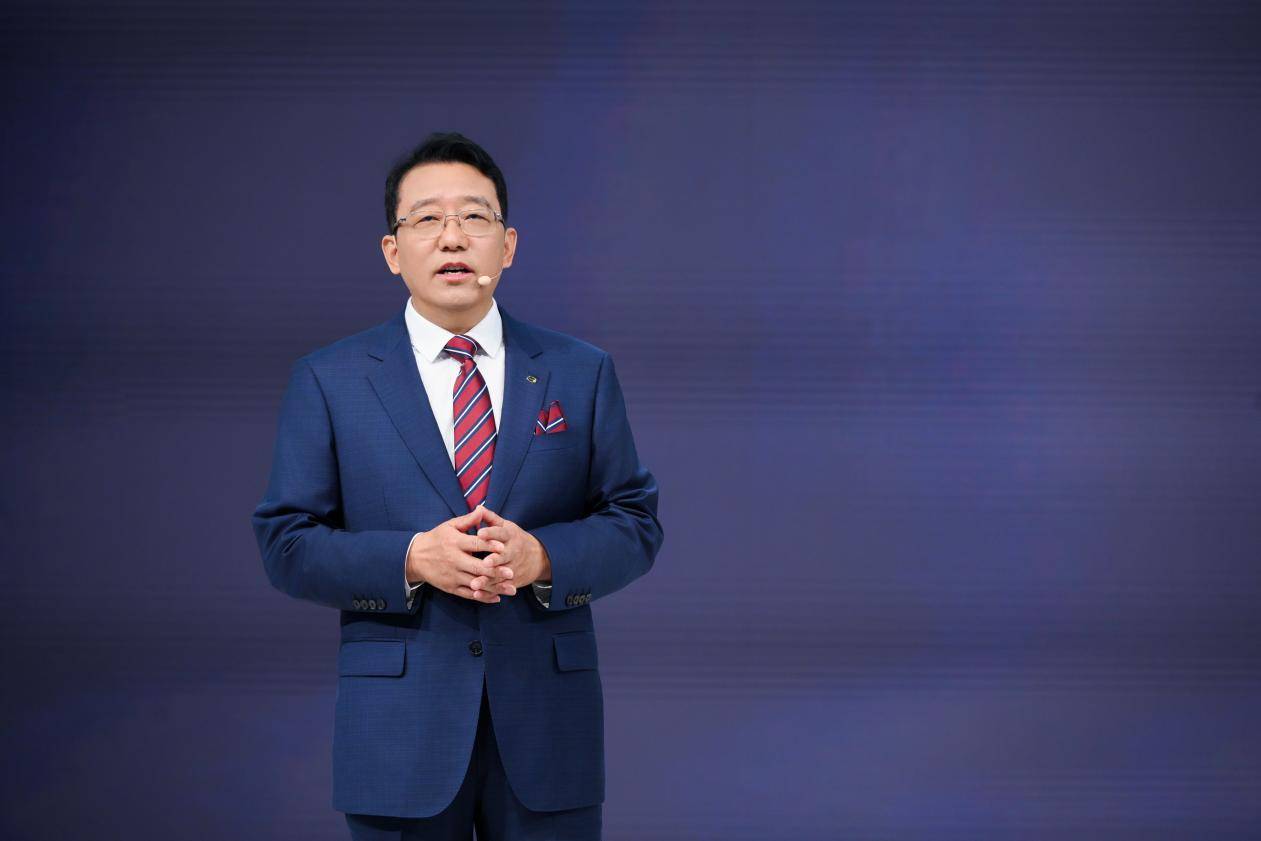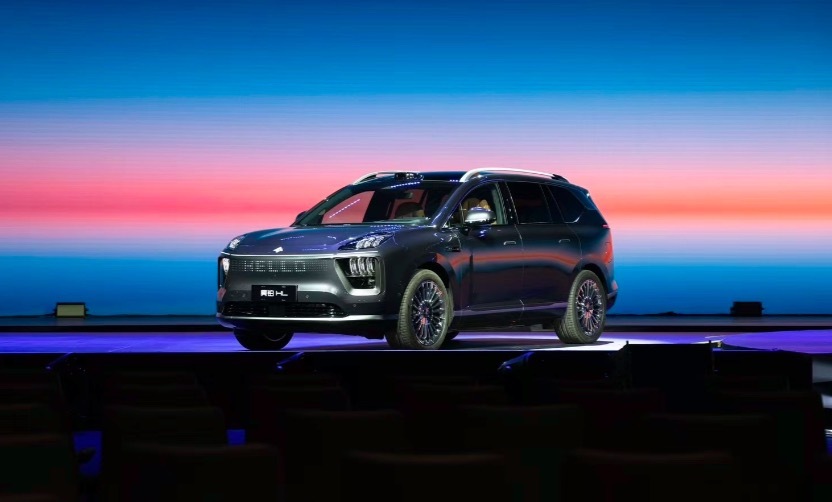
Drizzling rain patters against the cobblestone streets of Milan, while a hint of warmth wafts from 16 Vita Tortona Street.
This place not only serves the best coffee on the street but is also a crucial hub for GAC Group's global research and development layout.
Established in 2006, the GAC Research Institute has created a diverse and multi-faceted R&D design system spanning four locations across three countries over the past 18 years.
As a company striving for a global presence, it is essential and important for GAC to embrace diverse cultures and establish multiple locations.
For example, GAC's design center in Los Angeles was set up to absorb the unique culture of the West Coast, and as the focus of global design competition shifts from Los Angeles to Shanghai, the latter has emerged as a new hotspot for gathering global design talent. Major automotive manufacturers have set up design centers here, and GAC has followed suit to compete for designers.

This time, we specifically visited the GAC Milan Design Center, gaining a comprehensive understanding of the design and R&D layout of this Chinese automotive company, which has recently entered Europe.
The Milan Design Center is GAC Group's third design center, following those in China and the United States. Europe is the birthplace of the automobile, and Milan is a world-renowned fashion design capital located near the automotive design stronghold of Turin. Taking all these factors into account, GAC ultimately decided to establish its Milan Design Center.
Currently, GAC's design team consists of over 430 members, providing ample talent reserves to tackle the ever-changing global trends and intense competition.
In September of this year, the father of BMW's i3 and i8 designs, Benoit Jacob, joined GAC Group to take over the lead for the design department. This globally recognized designer has over 30 years of deep experience, having held senior design roles at brands like Ferrari, Renault, Volkswagen, and Land Rover. In addition to those mentioned at the outset, his work has also influenced well-known models like the Volkswagen Passat, Audi R8, and Lamborghini.

Left: Stéphane Janin, Director of GAC Design Europe; Middle: Zhang Fan, Vice President of GAC Research Institute; Right: Benoit Jacob, Global Executive Design Director of GAC Research Institute.
This is Jacob's first move away from Europe, as he now resides in Guangzhou for work and life. What motivated this master, who has reached a stage in life where he can enjoy leisure and already possesses substantial wealth, to join GAC? In Jacob's own words, it is entirely due to passion. “My savings allow me to not work anymore,” he says. “But as a designer, doing what I love is incredibly fulfilling. I told my wife it's like going back to kindergarten and choosing my favorite toys to play with.” More importantly, he sees GAC as a company driven by innovation that is one of the few still striving to combat design homogenization in an increasingly competitive market.
Driven by Passion
Automotive design encompasses 18 subfields, with the creative aspect including shape design, interaction design, and color/material design among eight subdivisions, while execution involves more fields such as modeling, engineering, surfaces, processing, and project management across ten areas. This is a far cry from the stereotype that “designers just draw pictures” that many people might have.
In automotive design, a reserve of specialized talent is merely the “hardware”; true acclaim requires one essential quality: passion. Recently, after visiting the GAC Milan Design Center and engaging with the designers, we felt this sense of “passion.”

Zhang Fan, Vice President of GAC Research Institute, revealed that GAC's designers are quite “fond” of overtime, not because they enjoy it in itself, but because they love design. When inspiration strikes, the designers immerse themselves in their world, using every means possible to capture the fleeting ideas in their minds. For instance, Jacob always carries a notebook and a pen, so when inspiration hits while he's out and about, he can jot down ideas. Meanwhile, the younger generation of designers relies more on tools like tablets, allowing them to capture inspiration anytime and anywhere without being restricted by location or time. Thus, if you see someone “idly” sipping coffee on the sidewalk on a weekday, they may not just be a “slacker,” but possibly a designer.
While it seems that a designer's daily routine is quite relaxed, the reality is otherwise. Projects often vie for attention between different design centers, and even colleagues within the same center can be competitive. Generally, concept car projects can be decided by the design center director, but for mass production vehicle projects, considering factors such as investment and market development needs, decisions must be made by Zhang Fan or even higher-level group leadership.
Only those designs that make it to the shortlist in project competitions have the chance to be involved in the full process from concept to production, providing a more thorough closed-loop experience for their design work. Conversely, if a designer's work is never selected, it can significantly undermine their confidence. Thus, resilience and the ability to handle setbacks are fundamental qualities for designers.
According to Zhang Fan, newly-hired designers are unlikely to be fully responsible for an entire vehicle project; they often participate in the design of specific parts of vehicles. For example, they might say, “I designed the wheels of this car.”
GAC has a motto: “GAC LOVE DESIGN.” Within this framework, designers have crafted different thematic stories and shared them across various social media platforms. Besides their design work during the week, these designers often voluntarily come to the studio on weekends to create pieces specifically for themed exhibitions or social media sharing. It’s safe to say that without their passion, no one would choose to work beyond their KPIs.
Classic Examples
Over the past decade, GAC's design team has produced over 60 concept and production vehicles, each embodying a wealth of creativity and effort.
For instance, the ENO concept vehicle released in 2019 showcased not only the efforts of the design team but also the participation of the aerodynamics team. Ultimately, this six-passenger vehicle shattered the global drag coefficient record with a figure of 0.146. The exterior design was handled by the Shanghai design center, while the color and material design was completed by the Guangzhou team.

Many features and elements from this concept design were eventually incorporated into the mass production model, the Aion S Plus, which has performed excellently in the electric vehicle market, achieving impressive sales.
Another example is the ENPULSE concept car from 2020. This was a product concept entirely born from the design center. Zhang Fan revealed that it was inspired by the rapid acceleration and driving passion characteristic of electric vehicles at the time, leading to the creation of this concept sports car. By 2022, this concept sports car successfully evolved into the mass production model, the Haobo SSR.
Zhang Fan explains that for Chinese designers, sports car design poses a high barrier challenge, as it requires exceptional control over proportions and stance, demanding extensive experience. American designers excel in this field; therefore, GAC made full use of global resources to ensure the successful realization of the SSR.
Another noteworthy case is the ERA Epoch concept car showcased at last year's Guangzhou Auto Show. The exterior design was crafted by the newly established Milan Design Center, while the interior was designed by the Los Angeles team, once again demonstrating the success of multi-regional collaboration.
This month marks the two-year anniversary of the GAC Milan Design Center. In the past two years, the Milan Design Center has actively participated in many projects from GAC Headquarters, making successful bids on several projects. Zhang Fan stated: “Products designed in Milan will soon debut, providing everyone with a chance to witness the caliber of our Milan Design Center.”
Rejecting Homogenization
For any designer, homogenization is something they most want to avoid. Zhang Fan admits that this issue does indeed exist in the current market. The root causes are twofold: first, in the information age, global designers have access to similar sources of information; second, due to market pressures, many Chinese automotive companies operate in highly competitive environments, leading them to hesitate on taking significant risks for differentiated products, opting instead for safer designs that follow the trend. In response, Zhang Fan emphasizes: “We must stay true to our original intentions, maintain the construction of our brand image, and break away from the homogenization trap.”
As mentioned above, the final decision-making authority on the design of many mass production vehicles does not lie within the individual design centers but is made by the highest level of the group management. Their willingness to accept the risks associated with innovation is crucial. Benoit Jacob believes: “Designers have the responsibility to embrace such risks because ultimately, the companies that truly survive and thrive are those that have the courage to make the right decisions and take risks.”


